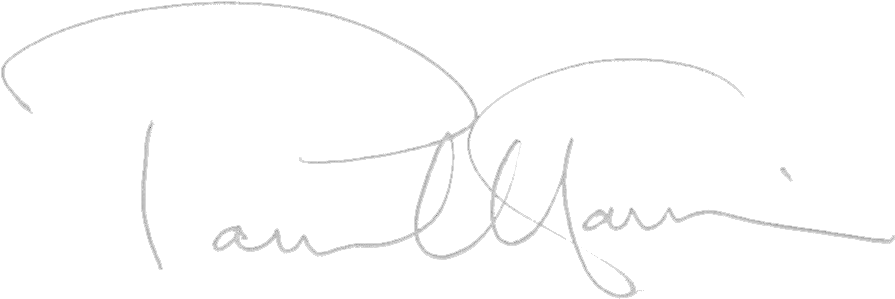In the Summer of 2000 I had the great pleasure of meeting James Gillespie, editor of The Clarinet Journal, during the International Clarinet Association (ICA) convention in Oklahoma. James asked me if I would like to contribute a regular column – an invitation that I found both humbling and daunting! The following ‘Letter from the UK’ was first published in March 2010 in The Clarinet Journal, the official publication of the ICA.
I’ve just spent a week in the lovely city of Edinburgh judging their annual music Festival. The quality of playing was very high - a stunning performance of the Lutoslawski Dance Preludes and a heartfelt Brahms E flat particularly stick in my mind.) But I want to pass on two delightful stories told to me by one of Edinburgh’s leading clarinet teachers, Pamela Turley. Both concern slightly unexpected ways of coming to the clarinet. Pam was a pupil of Thea King and now teaches at St Mary’s Music School (Edinburgh’s specialist college for young musicians up to the age of about eighteen) as well as Fettes College (where ex-Prime Minister Tony Blair went to school). She is also one of Scotland’s leading players. But how she came to play the clarinet is really rather enchanting.
As a young girl of about eight or nine Pam decided she wanted to learn a wind instrument. Her kindly mother immediately took her into the sitting room where lived the record player and the nearest record to hand happened to be Rossini’s William Tell Overture. Pam listened eagerly as the music unfolded until suddenly, ‘That’s the sound I want to make! That’s the instrument for me!” exclaimed the delighted young Pamela just as the beautiful Cor Anglais began its lovely solo. “That’s a clarinet,” announced her caring, but not quite accurately informed mother. So, after a number of phone calls it was discovered that an uncle had an instrument hiding away, unused, in a cupboard. Pam worked hard at her clarinet. “When will I start to sound like my recording?” she asked her teacher. Unaware of the very particular ‘clarinet’ sound Pam was craving for the two continued to work hard. After many more months of practice the frustrated Pam again declared to her teacher, “I’m still not sounding anything like it.” So the record was finally produced and the awful truth was revealed. Happily, Pam decided that the sound she was making on her clarinet was just a pleasing as William Tell’s Cor Anglais and she ended up a pupil of Thea King in London.
In fact Pam’s other story originates from Thea herself. The great Jack Thurston was giving a recital at Rugby School – one of England’s oldest and most celebrated independent schools. His pianist was of course the young (and multi-talented) Thea King. They proceeded through their recital evidently to the delight of the young Rugby boys who hadn’t been exposed to such virtuosic clarinet playing or musicianship. As the recital drew to its conclusion, Thurston finally spoke to his captivated audience. “Actually you know, the clarinet really is quite an easy instrument. Even my pianist can play it.” And he beckoned to Thea to join him in a seemingly unexpected (but in fact very well-planned) duet. Thea’s instrument was already set up and lurking behind a curtain. They proceeded to give a scintillating performance of the Poulenc double clarinet sonata. The boys were stunned and the next morning a surprising number queued up to see the Head of Music requesting that they begin clarinet lessons right away!
Taking up the clarinet in my case was the result of a letter from school offering lessons on the clarinet or violin. My earliest memory is actually of some disappointment when I discovered that my clarinet split up into small chunks. I was so looking forward to seeing the intrigued expressions of fellow passengers on my train to school as I sat proudly with what I thought would be an extremely long and mystifying looking case.
Readers will know that Edinburgh University owns both the exceptional Sir Nicholas Shackleton collection of clarinets (there is now a wonderful catalogue available) and also much of Pamela Weston’s collection of clarinet memorabilia. The immense amount of specialist knowledge that Nick had on his clarinets is now contained in the catalogue (which was largely put together by the excellent German writer and instrument expert Heike Fricke). This exceptionally lavish work is available from Edinburgh University at a very modest price. For those of you who with a thirst for clarinet history this is a must for your library!
© Paul Harris 2010 Reprinted by kind permission of the ICA.

